Erika's Story

As a newborn, and second child, this baby was brought to me to sleep shape. Our focus was to lay a foundation of good and sustainable habits to ensure that sleep disruptions were minimal and short.
First, we addressed the importance of not allowing baby to get overtired or too hungry. Both are huge obstacles to sleep success. Since Mom was going back to work in a short period of time (6 weeks) we wanted to start success strategies rather than addressing struggles later. We began our focus at 4 weeks of age, learning to read the baby’s cues of sleepy, and supporting that evidence to everyone’s advantage. Baby’s wake windows were (as age-appropriate for a newborn) 60-90 minutes long during the day. Baby was not napping for long periods of time consistently, but I explained that this is normal for an infant under 4 months.
At nighttime, after older brother was in bed, the routine would begin around 8 pm with a feed, a bath, and some snuggles while a book or song was relaxing. This baby, like I suggest with all moms hoping for sleep, was placed in her sleep space (bassinet in parents’ room) while awake, with Mom shushing, placing a hand on belly and providing a soothing motion, until any fussing subsided. This was magic! For a few weeks, we did do dream feeds around 11 pm, but not long after 8 weeks we found those to be unnecessary because she wasn’t hungry. She would wake 1-2 times per night for a feed, but they only offered a feed after 4-5 hours of sleep to help ensure baby could stretch out the feeds and need for them as time went on. By 12 weeks, she was sleeping 6 or more hour stretches at night and waking for one quick feed. The most important behavior here was not removing her from the sleep environment. We knew that if we sent her the message that it was time to be awake and play, she would understand the assignment. All feeds and changes were done with as little light as possible in the room where she slept, and was placed back in her crib after feeding.
By the time the 4-month sleep regression was supposed to happen, we had a strategy to keep it short. I told them to hold their baby to what we know she can do. We didn’t add feeds back into the equation, and we didn’t let her crying escalate to an “okay, I’m awake, please get me up” level. She was shushed and would quickly settle, and this shortened the ‘regression’ to single-digit days. Parents understood that adding a feed or other measures would create a new waking habit, so they were great at addressing and attending to the sleep interruptions in a supportive to sleep manner.
This little nugget was my first to sleep shape and still to this day, my favorite to work with. We found baby’s communication clear and our translation and action to be picture perfect.
Some months after working together, (fast forward to now 8-months old and a 3.5 year old brother) Mom was home alone at night with both children and there was a tornado warning. After a quick click on the alert, Mom found they were in the path, and her children were asleep on the 3rd floor of the home. A quick call to me, and we devised a plan of action to throw a couple of couch cushions in the downstairs bathroom, the safest spot in the house, scoop up kiddos and bunker in there. This worked beautifully, and since Mom was calm (on the outside) and the kids were put back to bed with a quick kiss and hug, the children slept the rest of the night, even though the thunderstorms stirred all around.
This is a perfect case of sustainable sleep practices being invaluable, and absolutely comforting to all. This now toddler, sleeps 12 hrs a night with set bedtimes and predictable wake times along with one daytime nap. The family is able to travel and/or do fun activities, occasionally pushing her past her bedtime here and there because she is so easy to get back on track. One of the many benefits of having a great sleeper.